Sustainable designs: building a climate-resilient future
Written by
06 September 2023
•
4 min read

For over five decades, global flooring company Interface has evolved its thinking and sustainability approach. From specialising in carbon-neutral carpet tile and resilient flooring, to its Climate Take Back mission, Interface provides opportunities for customers to join it in its commitment to restorative environmental operations.
“Originally, our focus was solely on reducing environmental impacts, but this has since evolved to include social impacts and new business models,” says Aidan Mullan, Sustainability Manager at Interface.
“Net zero ambitions for the built environment can be achieved by not relying solely on renewable energy and low carbon materials, but by following the circular economy.”
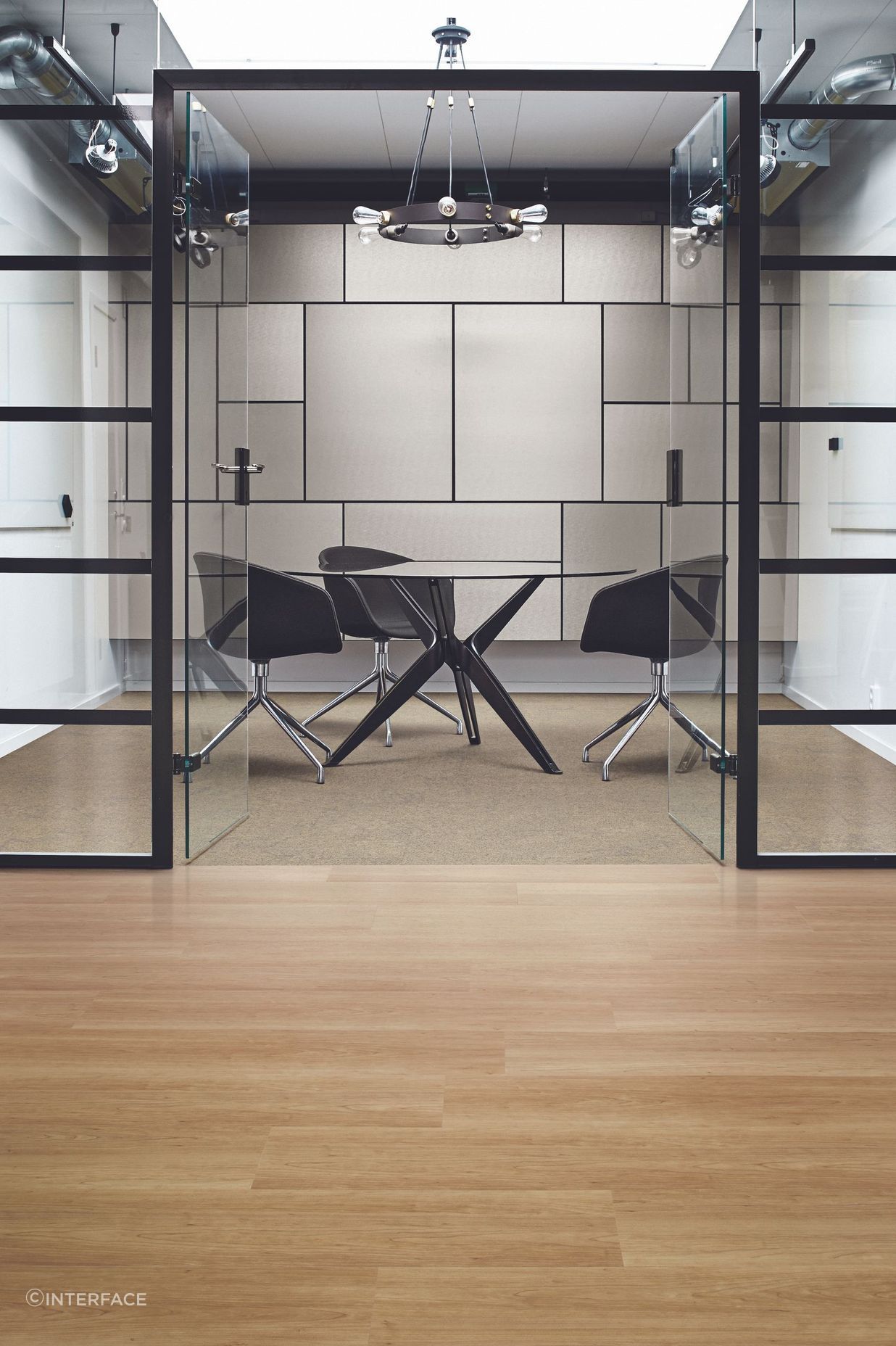

Embracing the circular economy
The circular economy model is where products and materials are recirculated to retain their energy rather than using more. In short, the circular economy focuses on designing to reduce waste, circulating products and materials at their highest value and regenerating nature by recycling.
“Circular economy doesn't mean that we take waste from someone else to use as a raw material for our product; circular economy for us is retaining the value of our product throughout its life,” explains Aidan.
“And, at the end of life, getting that product back is the goal. We can extend its life or dismantle it into its basic parts for manufacturing new products. That, to us, is a circular economy.”
Aidan describes it as "not taking what we cannot put back." The goal is to cut the link between petrochemicals and fossil fuels by designing long-lasting products that can be reused; replacing raw materials with recycled or bio-based content; and having a remanufacturing solution for the product at the end of its useful life.
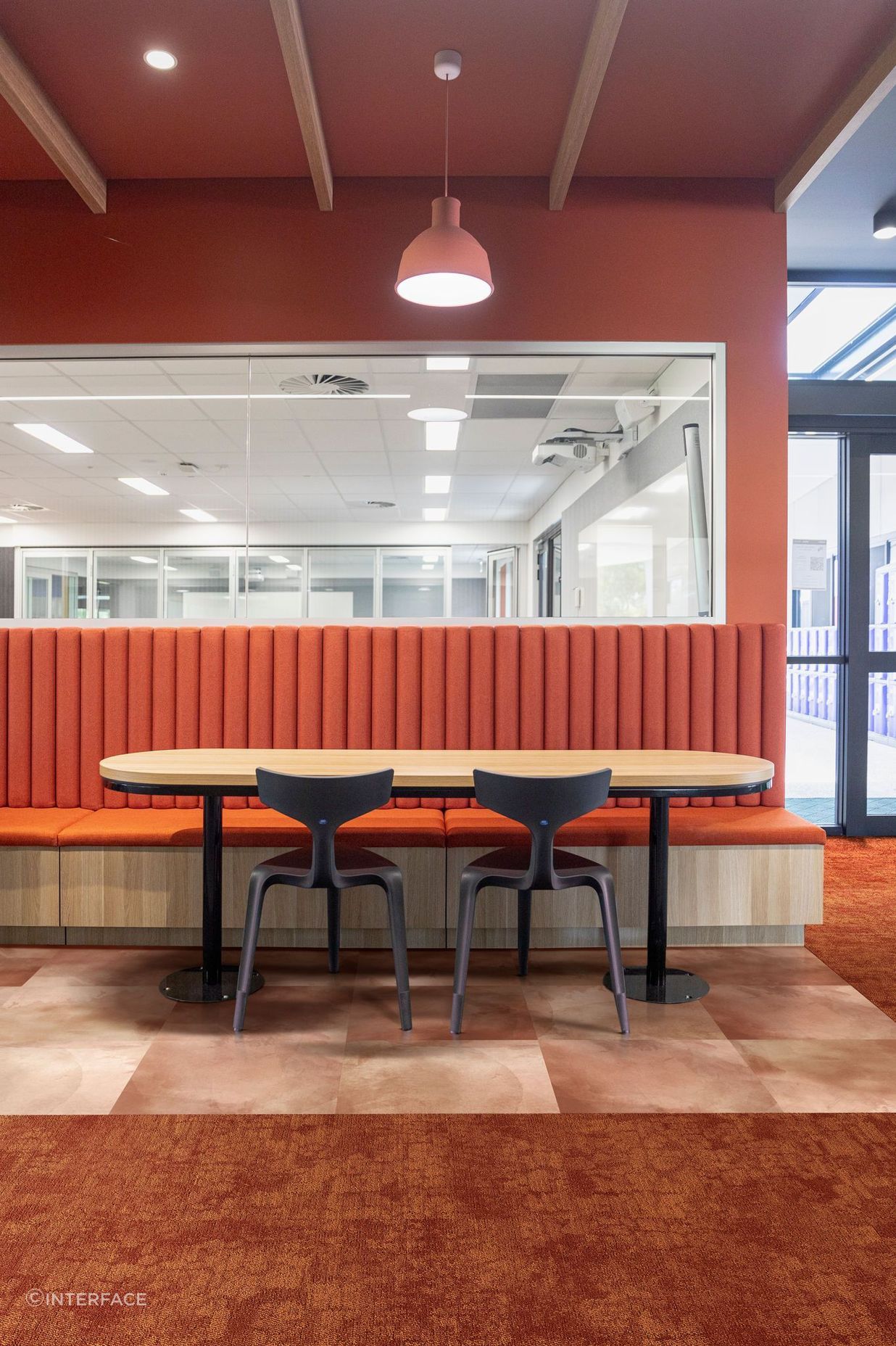
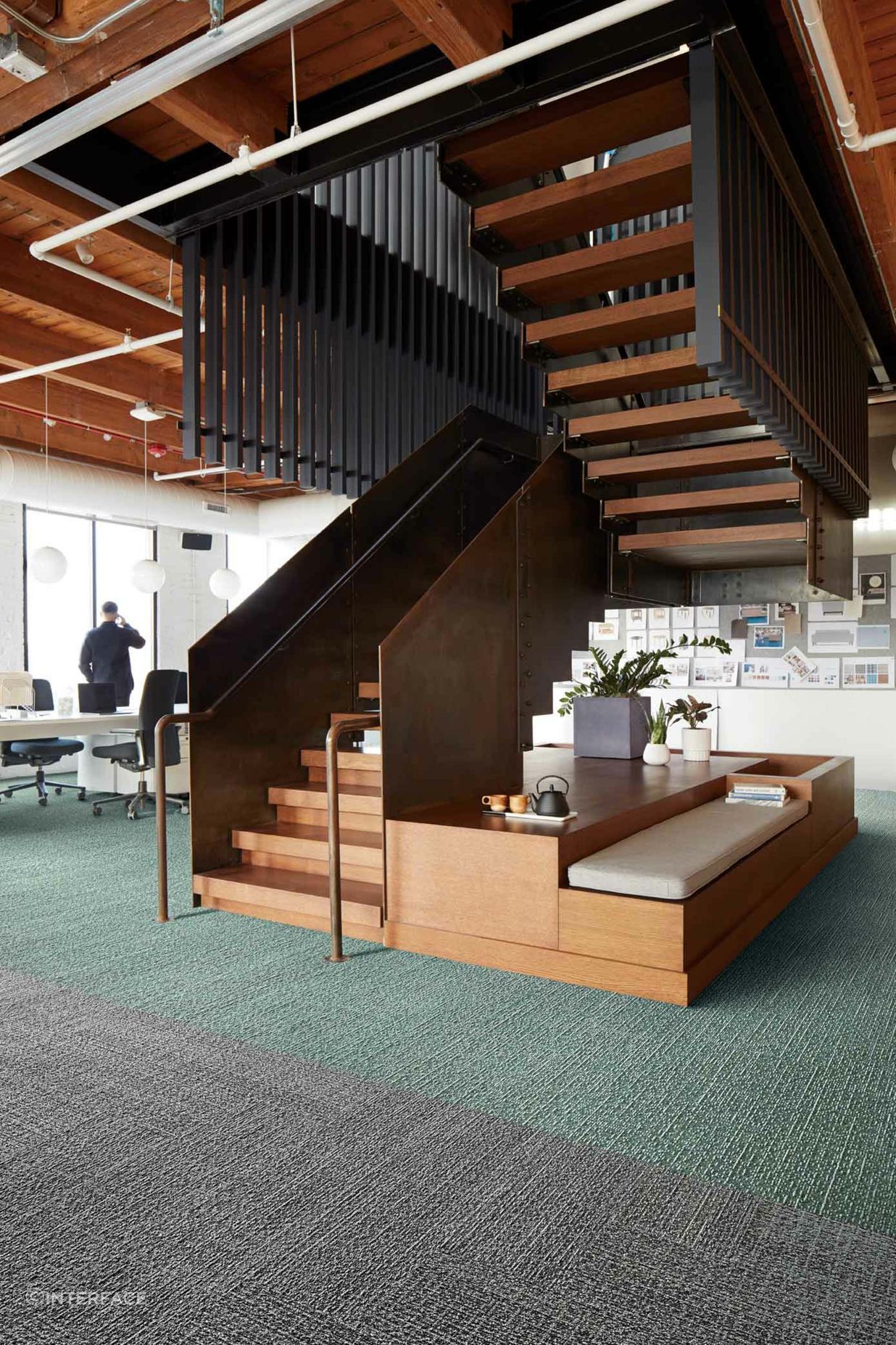
Understanding whole life carbon
Recently, the building and construction industry’s focus has primarily been focused on a building’s operational carbon. This is the term used to describe the emissions of carbon dioxide during the in-use phase of a building, including the emissions associated with heating and cooling, hot water, ventilation, lighting systems and lifts.
“In some ways, it’s like approaching an iceberg; operational carbon is the iceberg above the water; it has been clearly visible for a long time. However, upfront carbon is the rest of the iceberg hidden under the water, not visible to most of the built environment,” explains Aidan.
“It’s been a blind spot for the industry, but that is changing… and design and architectural roles have a key part to play in combining operational carbon and upfront carbon, ensuring a ‘whole life carbon’ approach for the structures we build,” adds Mullan.
In some ways, it’s like approaching an iceberg; operational carbon is the iceberg above the water; it has been clearly visible for a long time. However, upfront carbon is the rest of the iceberg hidden under the water, not visible to most of the built environment.
Designing for a climate-resilient future
A recent World Business Council for Sustainable Development (WBCSD) report issued by the Intergovernmental Panel on Climate Change (IPCC) states that global warming is accelerating, as it calls for urgent action within the global building and construction industry.
“The decisions we make now to address global warming will have consequences for thousands of years. Representing not only a huge challenge to our industry but also an opportunity – as reductions made by us will have the potential to contribute significantly to tackling global warming and promoting a green recovery,” says Aidan.
The report states the IPCC’s recommendations for designing projects with climate in mind:
- Prioritise repurposing and refurbishment
- Advocate for a minimalist approach aligned with community needs
- Promote circular economy design and material reuse
- Advocate for low-carbon materials with Environmental Product Declarations
- Emphasise efficient design for minimal resource use
- Encourage the transition to electric energy sources
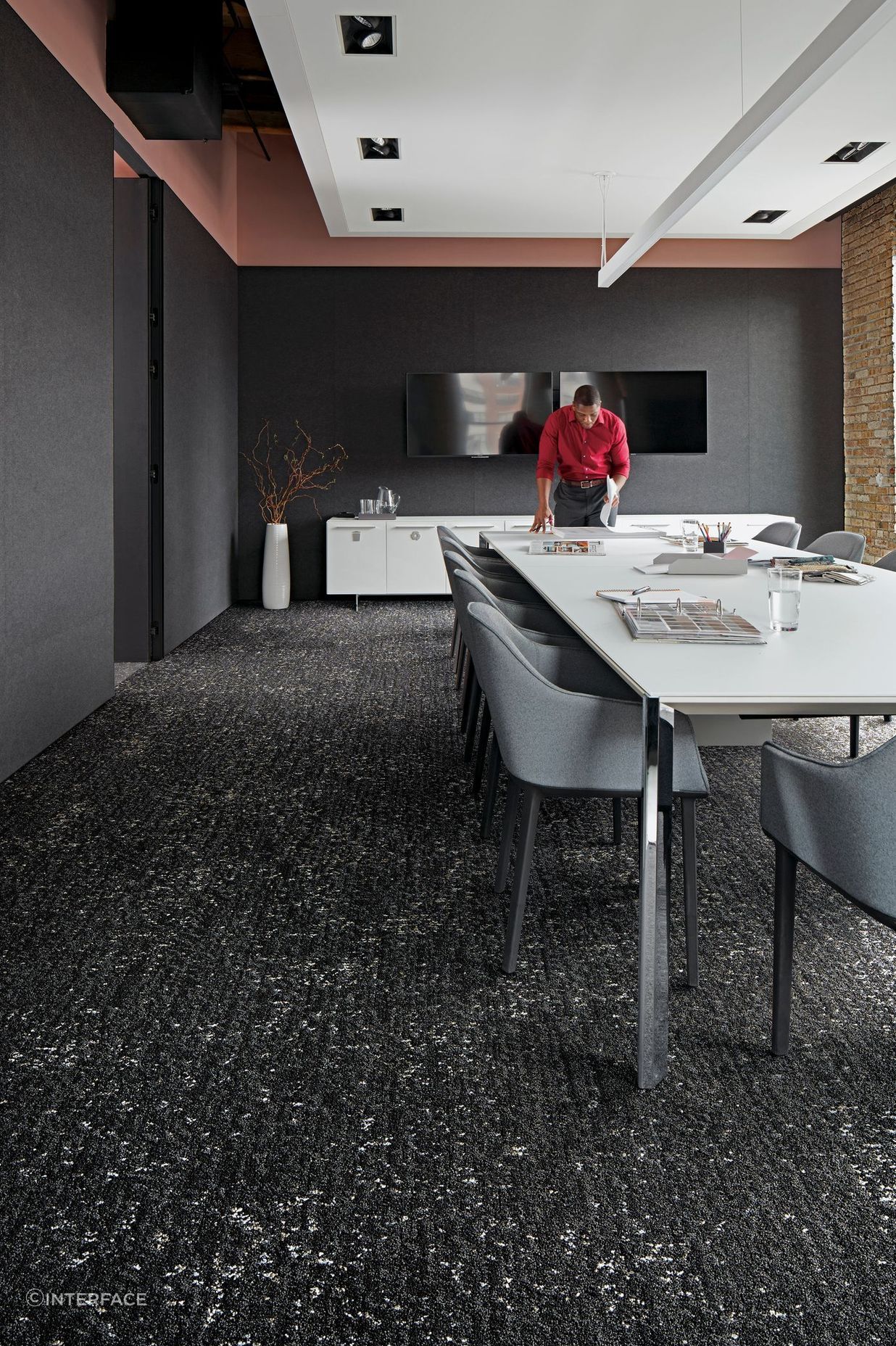
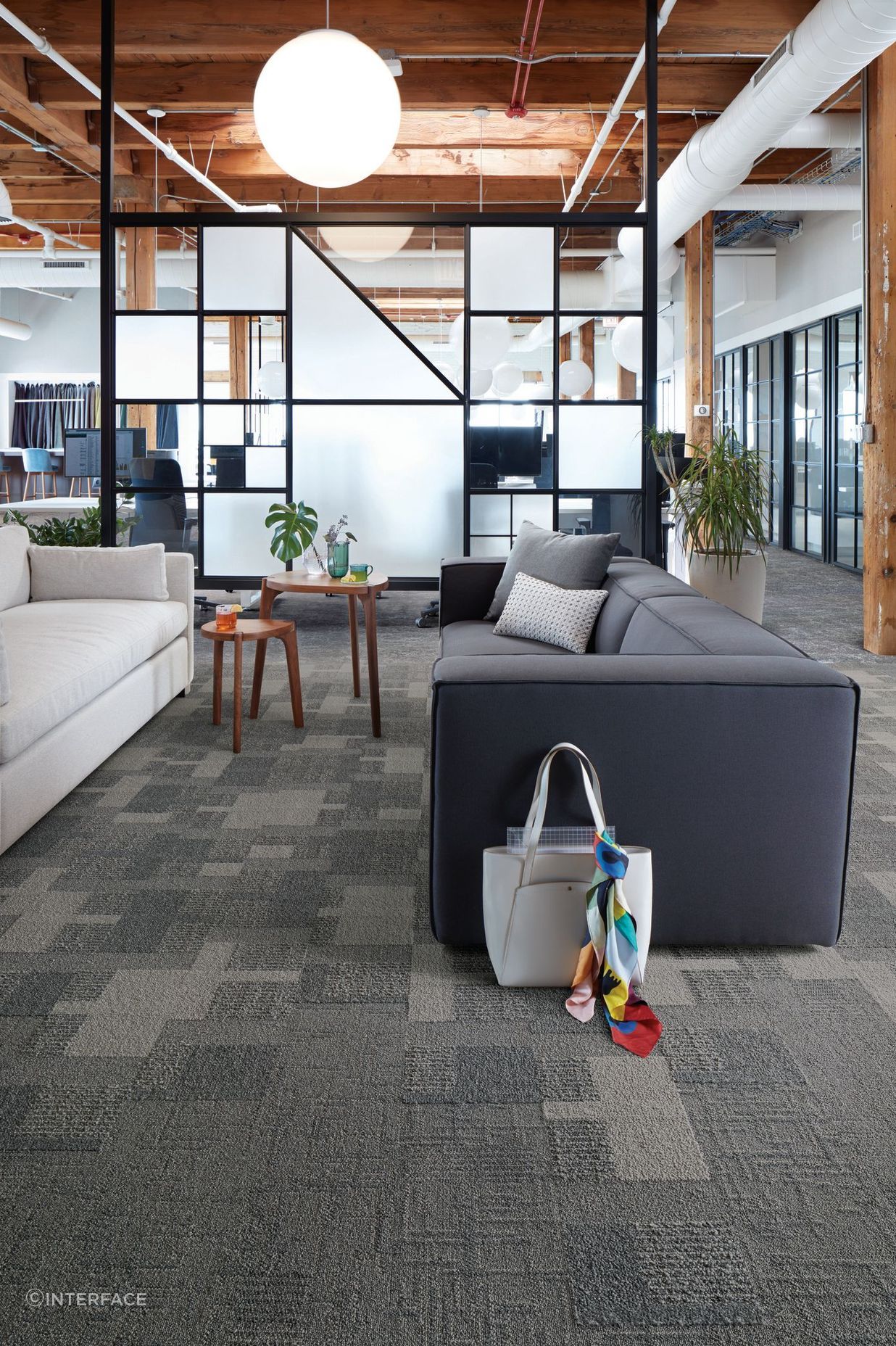
Climate Take Back
Procrastination is a luxury we can’t afford in the face of a rapidly changing climate and looming Zero-emissions date of 2030. Interface's visionary Climate Take Back plan holds a core belief in redefining our business methods by implementing a circular economy, industry collaboration and whole life carbon thinking into our design and construction projects. By urgently addressing the need for new business models and design practices that are sustainable, low-carbon and, surprisingly, collaborative in nature, comes a sustainability that aligns with our inherent desire to create and construct.
Learn more about Interface on ArchiPro.